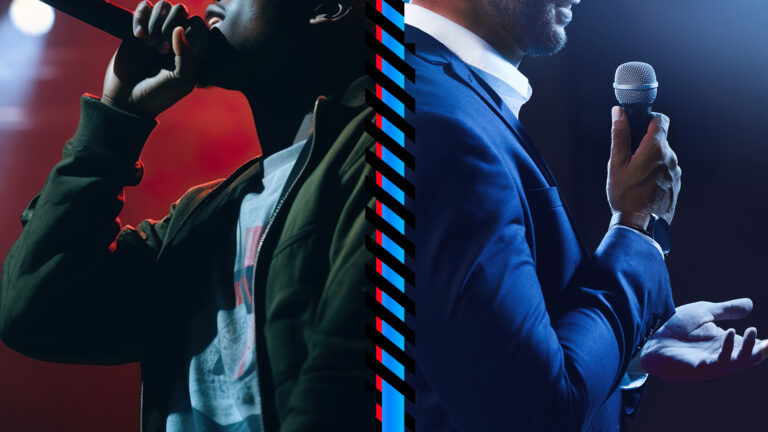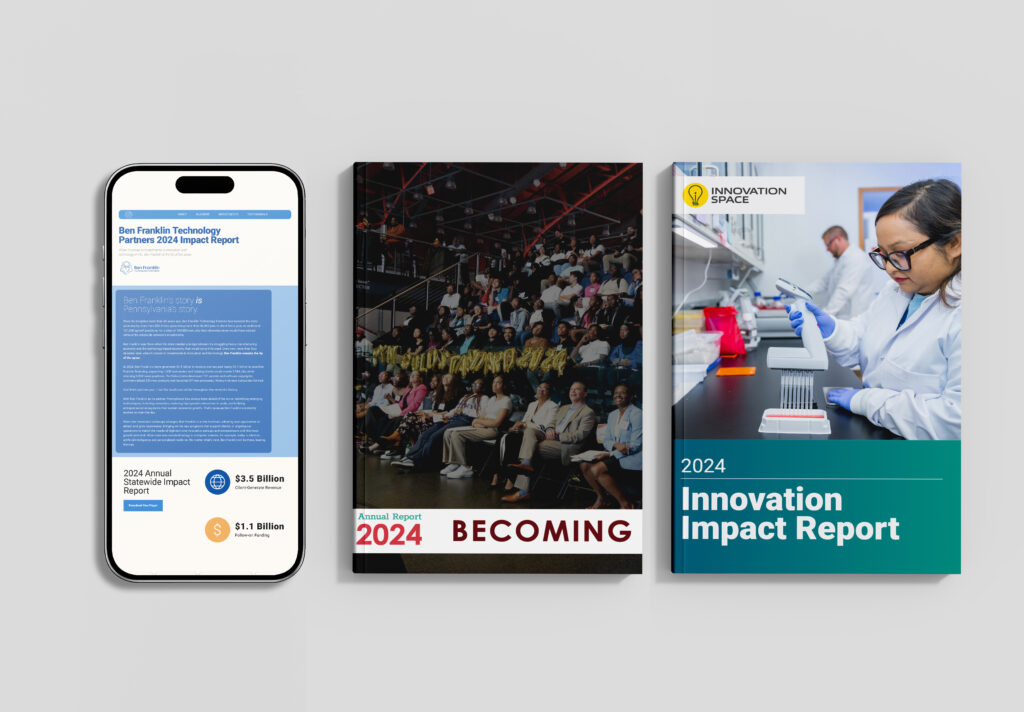
Fifty years after its birth at a Bronx after-school party, hip-hop dominates every facet of our culture, from music and movies to fashion and sports to linguistics and politics. As communications professionals, we can learn a lot about how to make our work impactful from hip-hop.
I still remember my first experience with hip-hop: it was 1994, and 10-year-old me borrowed Dr. Dre’s The Chronic from a friend. As the CD spun in my Sony DiscMan and the sound flooded my ears, I was transformed. I had never heard any music like this before: it was raw, unapologetic, amazingly creative and changed my perspective on the overall world.
Nearly 30 years after that fateful day on the school bus, I still turn to hip-hop, especially in my professional career. I once wrote the copy for a large-scale advocacy campaign with Nas’ Illmatic on repeat. Wu-Tang Clan’s Enter the Wu-Tang (36 Chambers) was blasting as I once prepared materials for a client’s event initiative. I doubt that I would be in this field if not for hip-hop.
Here are three ways that hip-hop informs my work as a communications professional.
Confidence is everything
On his debut album, a 17-year-old LL Cool J did the unthinkable on the classic Rock the Bells: he called out music’s then-hottest artists, including Madonna, Prince and Michael Jackson, while proclaiming himself to be the greatest rapper alive. Confidence and bravado have made many a star, and LL Cool J’s belief in himself sent him on the way to being the first-ever GOAT (Greatest of All Time).
Confidence is crucial for communications professionals. If you’re not confident in the message you’re conveying or the strategy you’re developing, it will show. And a lack of confidence in front of a member of the media, stakeholders or a large audience doesn’t help the campaign or the client.
Develop confidence in yourself and in your work. It will make you stronger in all facets. If you don’t believe in yourself, no one will. After all, as Drake so eloquently put it a decade-plus ago: YOLO.
Creativity sets you apart
Hip-hop producers are able to hear a small piece of music and turn it into a large, blank canvas they can fill with words and sound. Take De La Soul’s masterpiece 3 Feet High and Rising. Rather than turning to the usual soul and funk samples to build the beats, it looked to doo-wop, psychedelia and children’s music. Who ever thought a Steely Dan sample could be so funky?
It’s the same thing in communications — you must be creative with what you have. Creativity can set you apart from your opposition and win your objective.
Maybe the budget isn’t large enough for every tactic, but what tactics will be the most effective? How can you use the opposition’s message against them or to your advantage? What visual will stop people in their tracks and get people to pay attention to your message?
Your message must be memorable
The thing I love the most about hip-hop is the lyrical acrobatics that emcees are able to perform. A hot beat is nothing without bars of fire. I remember the first time I heard Outkast’s Synthesizer. I replayed it at least 10 times in a row to hear Andre 3000’s verse, which talks about our society becoming more dependent on technology and artificial products and experiences. These topics weren’t being highly discussed in 1998, and if they were, it certainly wasn’t as memorable as Outkast’s commentary. It’s everything a communications professional wants in their message.
If I’m working on a messaging document or talking points, I want them to be memorable, so audiences can’t forget them. That means refining and rewriting them until they are said in the simplest, most effective terms. Otherwise, it will fall flat and sound like every other message out there.
Think about your messages as your lyrics. What are you trying to say, what do you want to say, and what do you want people to take away from what you’re saying?
Once you figure these out, you can create a high-impact message that will be remembered for years to come.
Who knows what hip-hop or communications will look like 50 years from now? The core elements — confidence, creativity and memorable messages — will need to be there. Success depends on them, or as Meek Mill put it: “They gon’ remember me, I say remember me; So much money, have yo’ friends turn in yo’ enemies; And when there’s beef I turn my enemies to memories.”

Thom Casey is a Senior Account Executive in Ceisler Media & Issue Advocacy’s Harrisburg office.
Lorem ipsum dolor sit amet, consectetur adipiscing elit. Ut elit tellus, luctus nec ullamcorper mattis, pulvinar dapibus leo.



